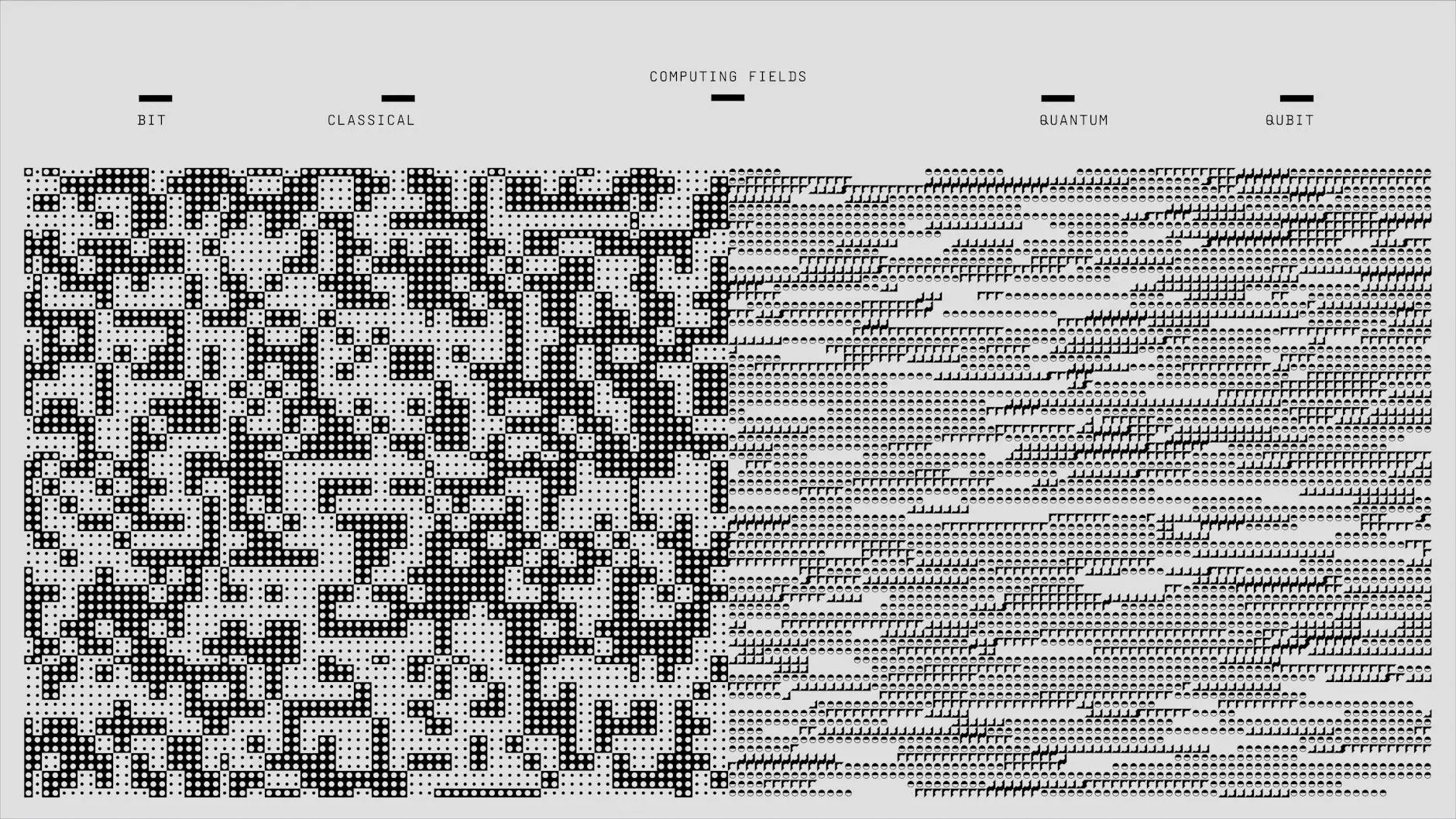The Art of Illumination: Exploring the World of Light Artists

In the vibrant realm of Arts & Entertainment, few disciplines evoke as much fascination as that of the light artist. These innovative creators harness the ethereal qualities of light to transform spaces and experiences, crafting immersive environments that captivate the imagination. This article delves into the captivating world of light art, exploring its history, techniques, and the profound impact it has on both audiences and the art community.
What is Light Art?
Light art is an artistic expression that utilizes artificial and natural light as the primary medium for creating artwork. Unlike traditional forms of art, where materials such as paint, clay, or metal are used, light artists manipulate rays of illumination to evoke emotions, alter perceptions, and invite viewers into a dialogue with their surroundings. Through the interplay of light and shadow, these artists invite spectators to experience a space differently, often leading to profound reflections on both art and life.
A Brief History of Light Art
The roots of light art can be traced back to early 20th-century avant-garde movements, where artists began exploring the relationship between light and space. However, it wasn't until the 1960s and 1970s that light art blossomed as a recognized genre. Artists such as James Turrell and Dan Flavin pioneered the use of light as an artistic medium, emphasizing its capacity to alter spatial perceptions and enhance emotional responses.
Over the decades, as technology advanced, the possibilities for light artists have expanded infinitely. The introduction of LEDs, projectors, and digital technology has allowed for previously unimaginable creations, broadening the spectrum of artistic expression and technical prowess in this field.
Famous Light Artists Making Waves in the Art World
Today, the landscape of light art is enriched by numerous talented light artists worldwide. Here are a few notable figures who have made a significant impact in the field:
- James Turrell: Renowned for his immersive light installations, Turrell's work often explores the perception of light itself. His famous piece, "Roden Crater," uses natural landscapes to create distinct light experiences.
- Dan Flavin: A pioneer of minimalism, Flavin utilized fluorescent lights to create geometric constructions. His legacy continues to influence contemporary light artists globally.
- Olafur Eliasson: Famous for his large-scale installations, Eliasson's work often revolves around natural phenomena and the interplay of light. His pieces provoke reflection on environmental issues through the lens of light.
- Grimanesa Amorós: A contemporary light artist whose works often explore themes of culture and identity. Her installations, which blend technology and organic forms, create breathtaking visual narratives that engage and inspire.
Techniques Employed by Light Artists
Light artists employ diverse techniques to manipulate light and create their masterpieces. Here are some of the most common methods used in this captivating art form:
1. Projection Mapping
Projection mapping involves projecting images onto three-dimensional surfaces to create an interactive experience. By carefully aligning visuals with the geometry of objects, artists transform everyday spaces into dynamic artworks.
2. LED Sculptures
Using light-emitting diodes (LEDs), light artists create sculptures that can change color or intensity, introducing a sense of movement and vitality. This technique is particularly popular in urban installations and public art projects.
3. Light Installations
Light installations can encompass various forms, from illuminated pathways to immersive rooms filled with color and light. These immersive artwork pieces invite viewers to engage with their environment in entirely new ways.
4. Kinetic Light Art
Incorporating movement, kinetic light art features elements that can change position or orientation, allowing light to reflect and refract differently, creating an evolving installation.
The Impact of Light Art on Contemporary Culture
The influence of light artists extends beyond galleries and art shows. Their work permeates urban landscapes, public events, and cultural festivals. Light art has the power to:
- Enhance Public Spaces: Many cities are incorporating light art into public art initiatives, transforming parks, streets, and buildings into illuminated canvases that encourage community engagement.
- Foster Environmental Awareness: Through thoughtful projects, light artists often highlight environmental issues, sparking dialogue and promoting conservation efforts among audiences.
- Serve as a Medium for Social Commentary: Many light artists use their work to comment on societal issues, such as social justice, cultural identity, and technological impacts on modern life.
Creating Experiences: Light Art and Audience Engagement
One of the defining features of light art is its ability to foster engagement between the artwork and its audience. Light artists often design their installations to interact with viewers in real time, allowing for a personalized experience. This connection prompts spectators to reconsider their perceptions of space, time, and light itself.
For instance, Grimanesa Amorós's installations often incorporate cultural narratives that encourage audiences to explore their perspectives on identity and community, blurring the line between the observer and the observed.
The Future of Light Art
As technology continues to evolve, the future of light art is bright with possibilities. Innovations in augmented reality (AR), virtual reality (VR), and artificial intelligence (AI) will enable light artists to push the boundaries of their work even further. We can expect to see:
- Interactive Installations: Artists will likely create more interactive light art that responds to viewer movements, emotions, and inputs, fostering a deeper connection between the audience and the artwork.
- Integration with Smart Technologies: As smart technologies become more ubiquitous, light art could become a part of our daily environments, influencing mood and atmosphere in homes and urban spaces.
- Increased Collaboration Across Disciplines: Light artists may collaborate with architects, technologists, and environmental scientists to create installations that not only captivate but also educate and inform.
Conclusion: The Ongoing Journey of Light Artists
The world of the light artist is dynamic and ever-evolving, marked by creativity and innovation. As we continue to explore the interplay of light and space, we are invited to engage with art in ways that are not only visually stunning but also deeply resonant. Through their work, light artists challenge us to reconsider our surroundings and our connections to each other, illuminating both the physical and the metaphorical pathways of our lives.
As you embark on your journey to appreciate and celebrate the impactful work of light artists, remember that each installation is an invitation—to reflect, to feel, and ultimately, to connect with the luminous spirit that resides within us all.



